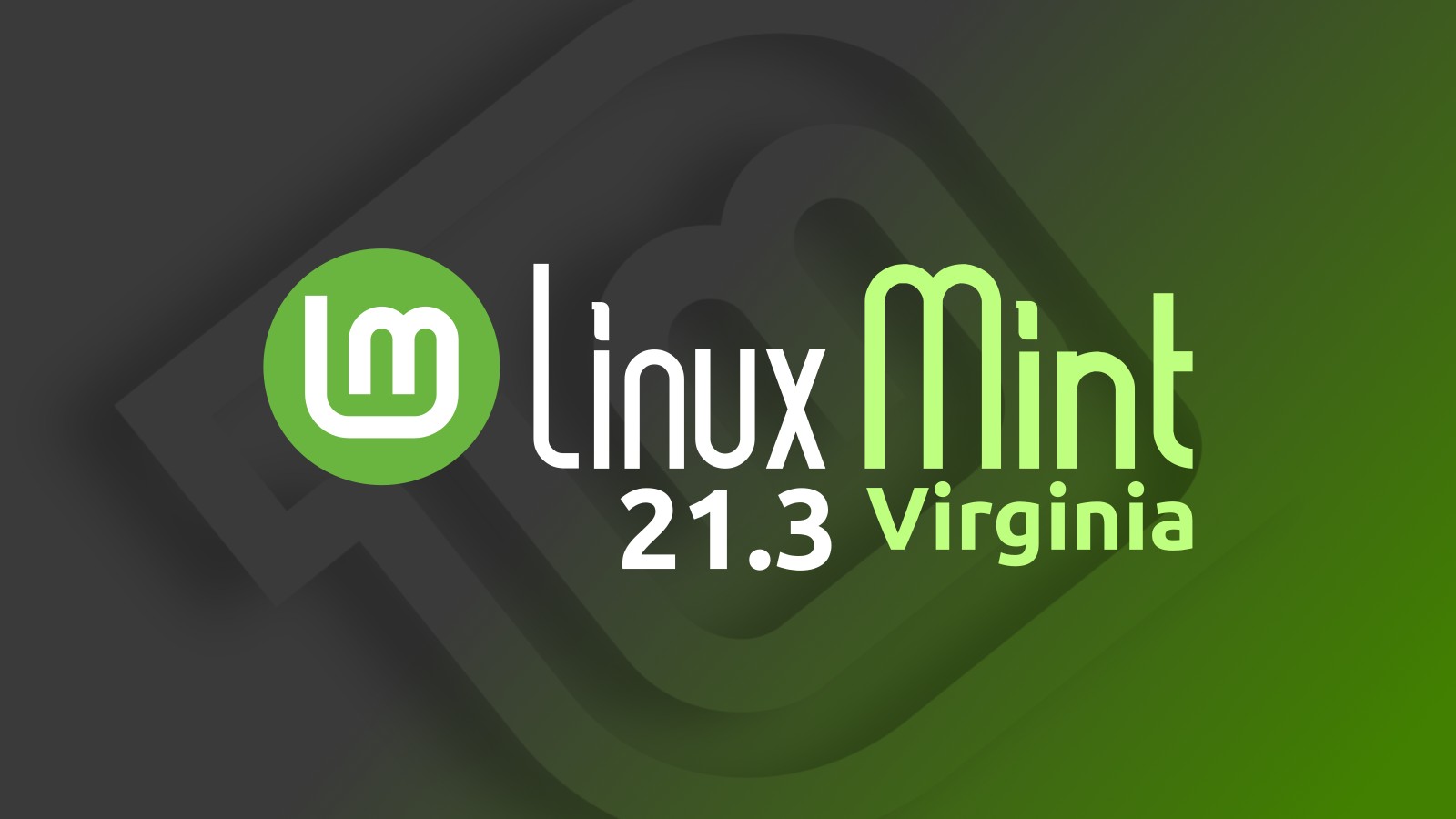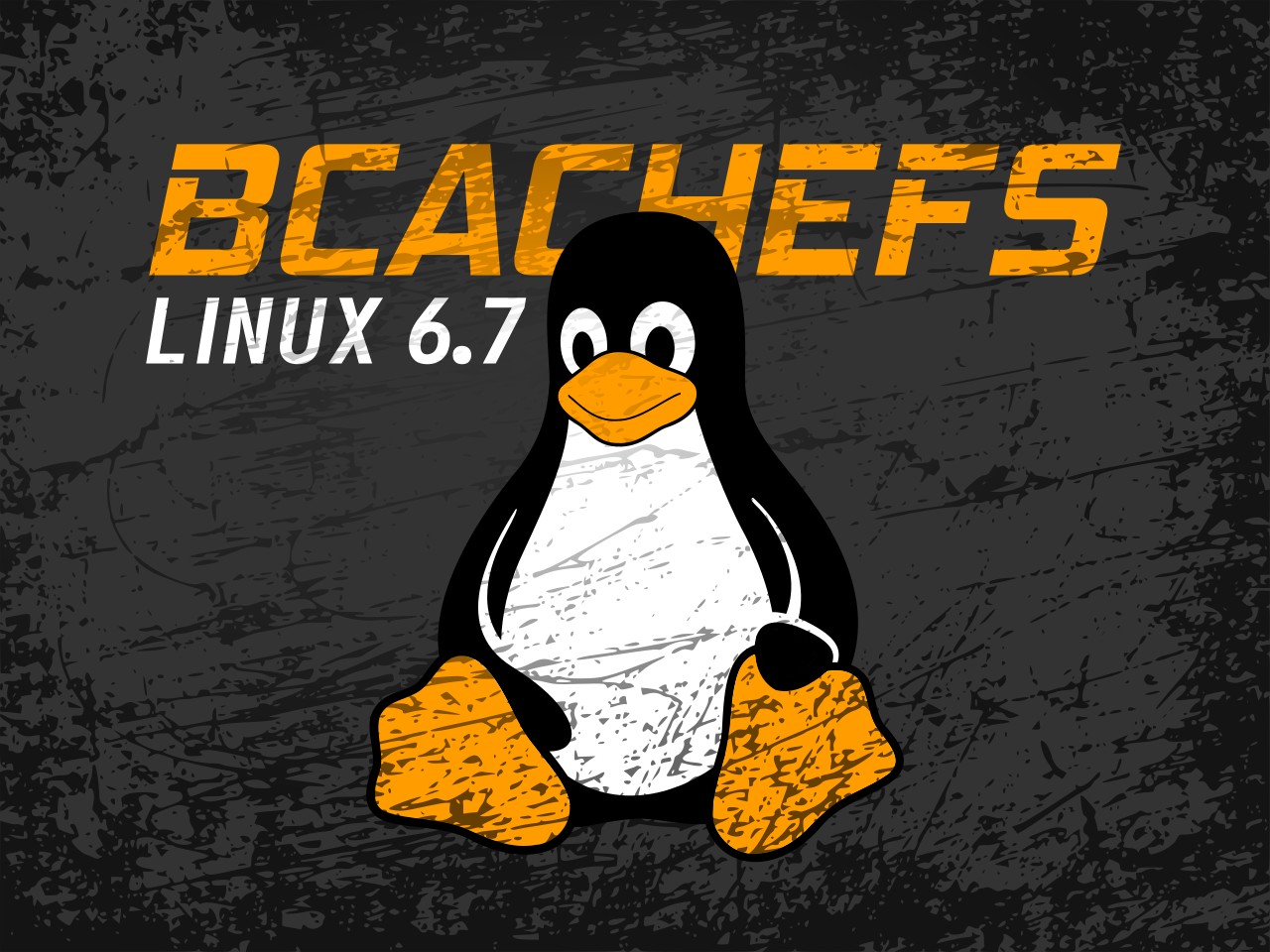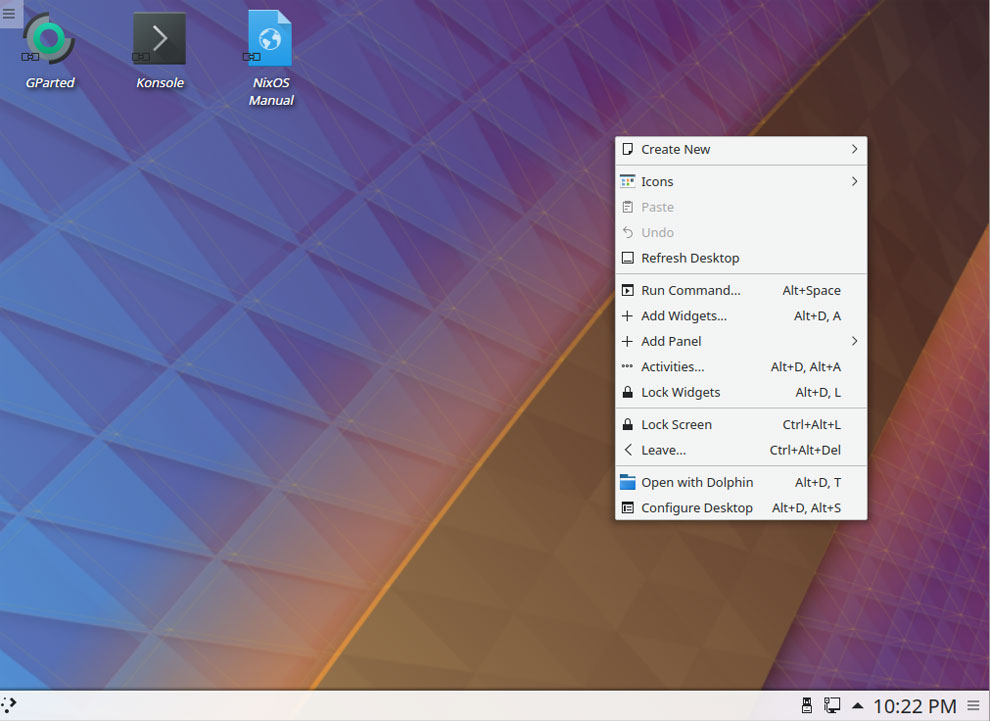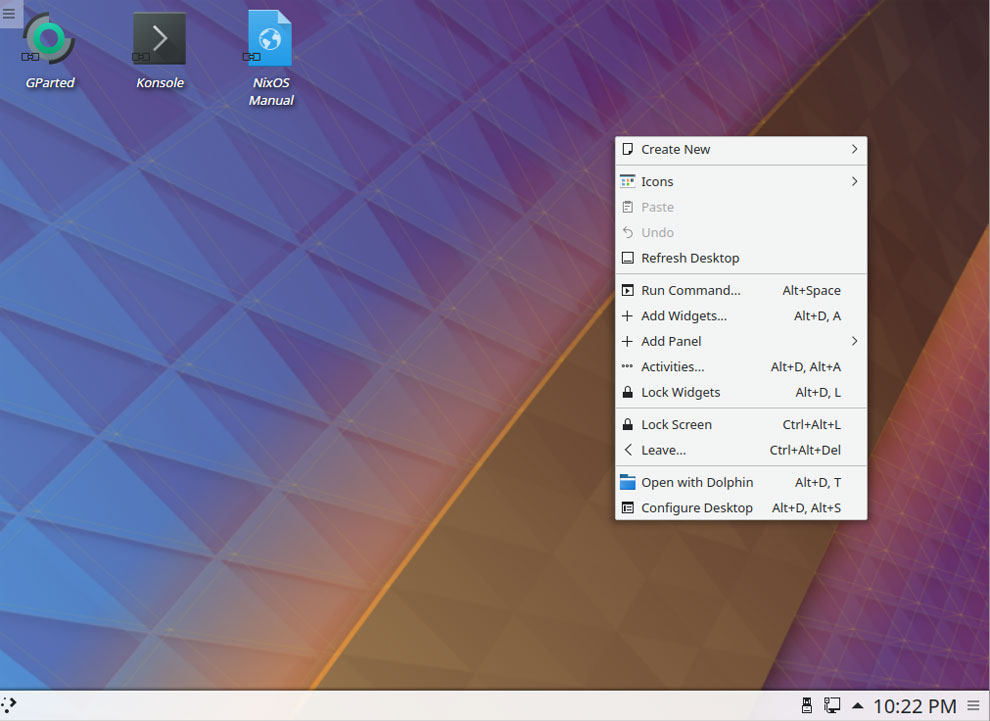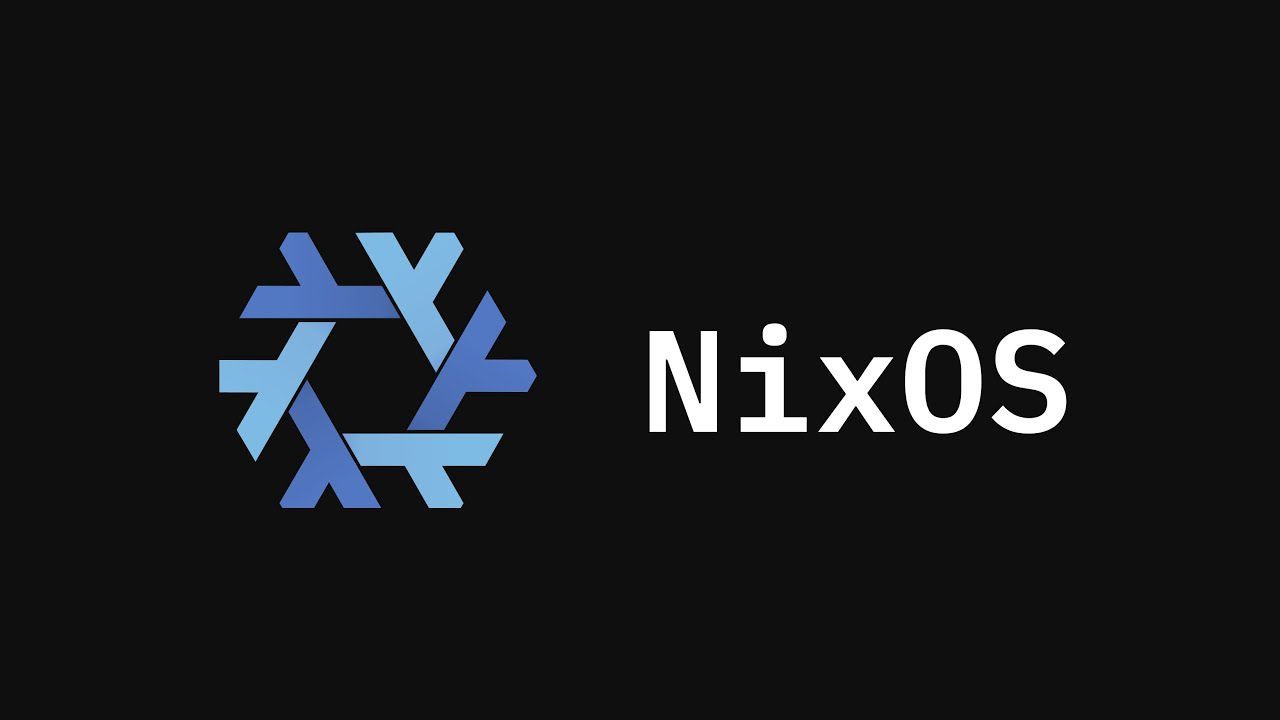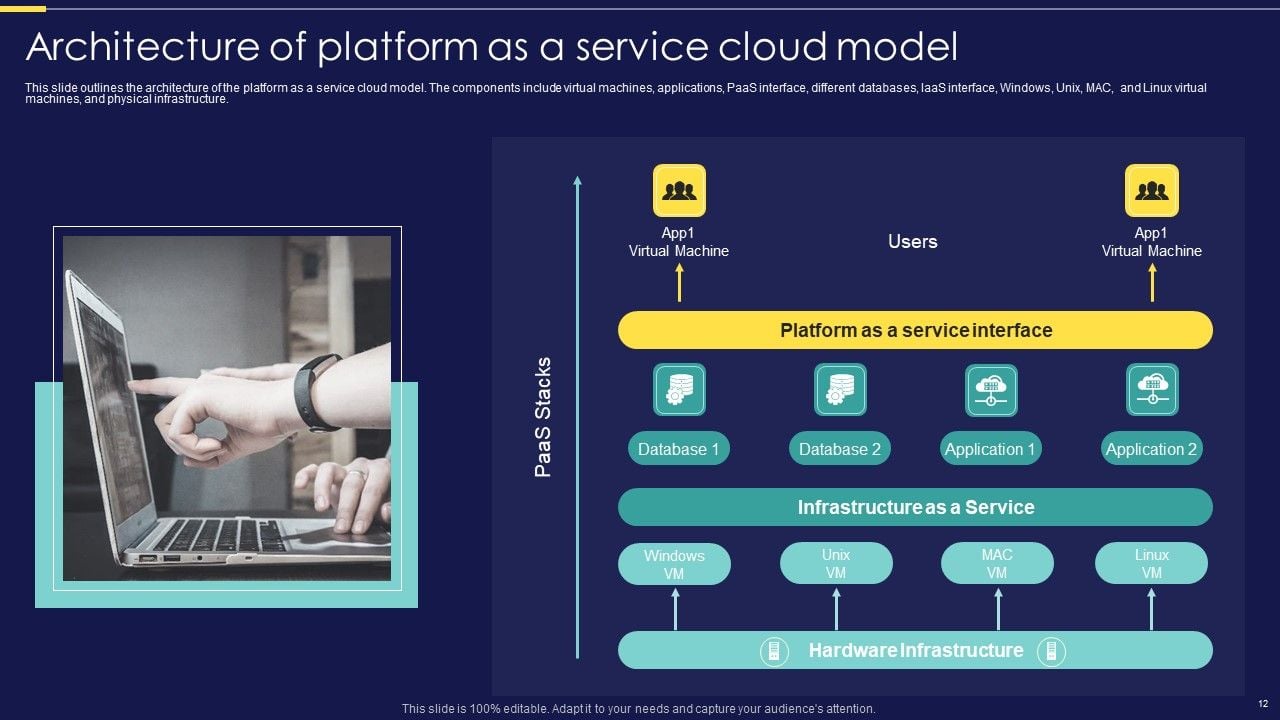
A New Era for Linux: Custom-Built for Virtual Machines
The landscape of Linux distributions is evolving rapidly, with a groundbreaking concept on the horizon - a Linux distribution tailored specifically for use as a guest OS in virtual machines (VMs). Drawing inspiration from IBM’s pioneering virtualization strategies of the 1960s, this innovative approach promises a more efficient and streamlined Linux experience within virtual infrastructures.
Advantages of a VM-Optimized Linux Distribution
-
Simplified Installation: Say goodbye to the complexities of traditional installers and initrd setups. With a VM-optimized Linux, the entire OS is encapsulated within a single file, eliminating the need for installation procedures.
-
Hardware Abstraction: By design, the guest OS in a VM-optimized environment never interacts directly with physical hardware. This means no more worries about device drivers, block storage, or I/O devices, as communication with the host hypervisor is seamlessly facilitated through virtio drivers.
-
Headless Operation: Embracing the concept of microVMs, this Linux distribution operates in a headless fashion, devoid of consoles or framebuffers. Instead, communication with the host system occurs via virtio-console, enhancing efficiency and resource utilization.
Bridging the Gap: Legacy Software in Next-Gen Environments
By encapsulating legacy software within this modernized framework, the proposed Linux distribution opens doors to running Linux applications on next-generation operating systems. This transition not only streamlines operations but also liberates applications from the shackles of backward compatibility, fostering innovation and adaptability.
Tailored Solutions for Virtual Infrastructure
Beyond its implications for future OS landscapes, this VM-optimized Linux distribution holds significant promise for current virtual infrastructure setups. It paves the way for the development of compact, purpose-built distros tailored to specific hypervisors, offering a tailored and efficient computing environment.
Implementation Insights and Tools
In the upcoming section, we will delve deeper into the practical aspects of implementing this specialized Linux distribution. Leveraging existing tools such as v9fs and QEMU, we will explore the technical intricacies and potential challenges associated with this transformative approach.










